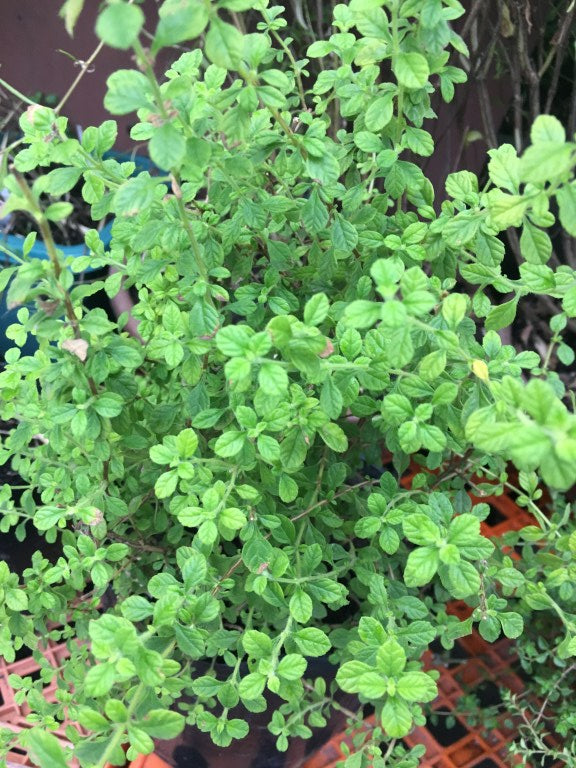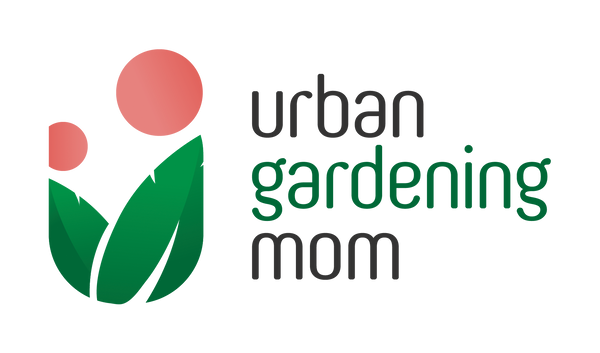
Oregano: A Perfect Herb for the Tropical Setting
Share
I love oregano because it’s so easy to grow in the tropics and requires very little maintenance. Oregano can be propagated from cuttings since they grow roots even faster than most other herbs. They thrive well even under partial sun and can be planted in small to medium sized pots filled with well-draining soil. They don’t require frequent watering, except during summer time when the weather can get extremely hot.
The Italian Oregano has small flavorful leaves and a very strong aroma. It is popularly used in pasta dishes and many other Italian recipes. It can grow to about 12- 18 inches when grown in pots. It doesn’t occupy too much space, so it is very ideal for small garden spaces. To propagate, I used cuttings which I transplanted later into small pots of about 6 – 8 inches in depth and diameter. When harvesting, trim about 2- 3 inches off the top of each stem when they have grown to at least 12 inches, to allow more stems to grow over time. As an herb condiment, it can be dried and used later as needed. Fertilizer may be needed from time to time, especially if the leaves are turning yellow.
Cuban Oregano

Though not really related to the Italian Oregano, the Cuban (or Mexican) Oregano has the same strong flavor and aroma of its Italian counterpart. It has larger succulent or fleshy leaves and stems. But it also has a distinct aroma which makes it an ideal stuffing for beef, chicken or lamb dishes. In some countries, it is also known as Spanish thyme (US) or borage (India). According to Wikipedia, the herb is commonly used for its medicinal uses, especially for coughs, asthma, nasal congestion, sore throat. In the Philippines, the plant is also used for ornamental purposes due to the shape of its leaves.

Once the plant reaches about a foot tall, pinch off the top leaves just before the next node. This will allow new leaf buds to grow and create a lush and bushier plant. This variety tends to grow very lush, especially with enough sun exposure and sufficient soil nourishment. Fertilize only when needed, or when the leaves are turning yellow from lack of soil nourishment. I have not experienced any major pest attack on any of these oregano herbs, except for the common slugs, caterpillar, and locusts.
